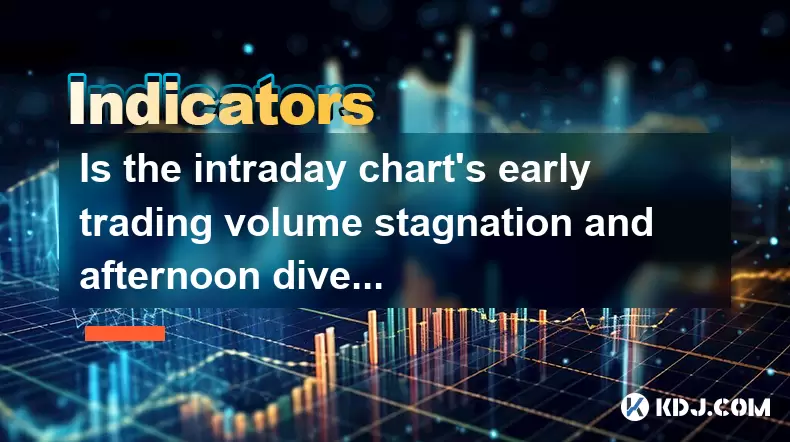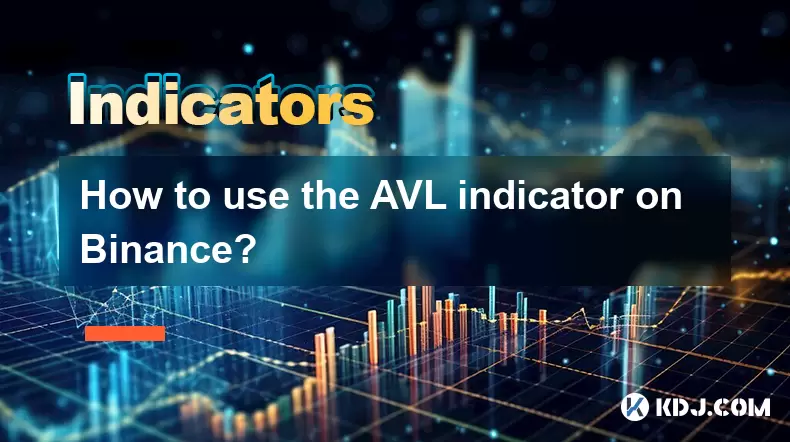-
 Bitcoin
Bitcoin $117700
-0.03% -
 Ethereum
Ethereum $3805
0.49% -
 XRP
XRP $3.098
-1.00% -
 Tether USDt
Tether USDt $1.000
0.03% -
 BNB
BNB $792.8
-1.72% -
 Solana
Solana $177.9
-1.95% -
 USDC
USDC $1.000
0.02% -
 Dogecoin
Dogecoin $0.2202
-1.55% -
 TRON
TRON $0.3278
-2.92% -
 Cardano
Cardano $0.7641
-2.43% -
 Hyperliquid
Hyperliquid $42.21
-2.68% -
 Sui
Sui $3.758
-1.58% -
 Stellar
Stellar $0.4080
-3.21% -
 Chainlink
Chainlink $17.75
-0.33% -
 Bitcoin Cash
Bitcoin Cash $591.8
4.96% -
 Hedera
Hedera $0.2561
-3.09% -
 Avalanche
Avalanche $23.34
-4.24% -
 Litecoin
Litecoin $110.7
1.96% -
 UNUS SED LEO
UNUS SED LEO $8.956
-0.01% -
 Toncoin
Toncoin $3.410
0.79% -
 Ethena USDe
Ethena USDe $1.001
0.03% -
 Shiba Inu
Shiba Inu $0.00001288
-1.82% -
 Uniswap
Uniswap $10.07
-2.06% -
 Polkadot
Polkadot $3.807
-2.27% -
 Monero
Monero $308.2
-2.15% -
 Dai
Dai $1.000
0.03% -
 Bitget Token
Bitget Token $4.521
-0.30% -
 Pepe
Pepe $0.00001134
-1.52% -
 Cronos
Cronos $0.1457
0.65% -
 Aave
Aave $274.9
-2.47%
Is the intraday chart's early trading volume stagnation and afternoon dive the main force's shipment?
Early volume stagnation followed by an afternoon price dive may signal institutional activity or whale manipulation in crypto markets.
Jun 20, 2025 at 04:00 pm

Understanding Intraday Chart Patterns in Cryptocurrency Trading
In cryptocurrency trading, intraday charts are widely used by traders to analyze price movements within a single day. These charts provide insights into how prices fluctuate minute by minute, and they often reflect the actions of large players or "main forces" in the market. One commonly observed pattern is early trading volume stagnation followed by an afternoon dive in price. This phenomenon raises questions about whether it reflects deliberate actions by institutional traders or so-called "whales."
Intraday chart patterns can reveal critical information about market sentiment and potential manipulation. Traders who understand these patterns can gain a strategic advantage, especially in volatile markets like cryptocurrency.
What Is Volume Stagnation in Early Trading?
Volume stagnation refers to a period where trading activity remains flat or significantly lower than usual during the initial hours of a trading session. This doesn't necessarily mean that there's no movement in price, but rather that the number of transactions or trades executed is unusually low.
Low volume during early trading hours may indicate a lack of interest from major players or a temporary pause before significant action. It could also be a sign of consolidation after a previous move or a deliberate attempt to mask intentions by large traders.
- Traders should look for signs of hidden accumulation or distribution.
- Compare current volume levels with historical averages for the same time frame.
- Observe if price moves without corresponding volume increases.
Afternoon Dive: A Sign of Main Force Shipment?
The term "afternoon dive" describes a sharp drop in price that occurs later in the trading session. When this happens after a period of volume stagnation, some traders speculate that it's a result of main force shipment—where large entities sell off positions quietly to avoid causing panic.
A sudden price drop accompanied by increased volume may suggest that large holders are unloading their assets. However, other factors such as news events, market sentiment shifts, or algorithmic trading could also contribute to such a move.
To assess whether this is a deliberate act by big players:
- Analyze order book depth for unusual liquidity changes.
- Check for whale wallet movements on blockchain explorers.
- Monitor social media and news platforms for potential catalysts.
How to Identify Institutional Activity on Intraday Charts
Identifying institutional or main force activity isn't straightforward, but certain technical indicators and tools can help:
Whale alerts, on-chain analytics, and volume profile analysis are key tools for detecting institutional behavior. Here’s how you can use them effectively:
- Use whale alert services to track large transfers on the blockchain.
- Apply volume-by-price indicators to see where large orders might be placed.
- Look for hidden support/resistance levels through past price action.
By cross-referencing these tools with intraday candlestick patterns, traders can form a clearer picture of possible manipulative tactics or genuine market dynamics.
Practical Steps to Analyze Volume Stagnation and Price Dips
If you're trying to determine whether early volume stagnation and an afternoon price drop indicate main force shipment, follow these steps:
- Step 1: Examine the 1-hour and 4-hour charts to confirm trend alignment.
- Step 2: Overlay volume indicators (e.g., OBV - On-Balance Volume) to detect discrepancies between price and volume.
- Step 3: Use time-based filters to compare current volume against average volumes at similar times of day.
- Step 4: Check for large orders being filled on exchanges with high liquidity, such as Binance or Coinbase.
- Step 5: Correlate findings with macro events or exchange-specific announcements.
These steps help filter out noise and focus on meaningful data points that could point toward coordinated selling or buying pressure.
Frequently Asked Questions
Q: Can I rely solely on volume stagnation and price dips to predict whale activity?
While these patterns can be indicative, they should not be used in isolation. Whale behavior is complex and often masked using various techniques. Always combine volume and price analysis with on-chain data and external event monitoring.
Q: Are all afternoon price drops caused by main force shipment?
No. Many factors can lead to a decline in price during the latter part of the trading day, including profit-taking, regulatory updates, or broader market corrections. Not every dip signals intentional manipulation.
Q: How do I differentiate between normal market volatility and intentional shipment by large players?
Key differentiators include abnormal spikes in order book activity, sudden liquidity withdrawals, and blockchain-level movements detected via wallet tracking tools. Normal volatility typically lacks these structural anomalies.
Q: What tools are best suited for real-time detection of main force shipment?
Tools like Glassnode Studio, Whale Alert, and BitInfoCharts offer real-time insights into whale activities and large crypto movements. Pairing these with exchange-based volume analyzers provides a comprehensive view of potential manipulations.
Disclaimer:info@kdj.com
The information provided is not trading advice. kdj.com does not assume any responsibility for any investments made based on the information provided in this article. Cryptocurrencies are highly volatile and it is highly recommended that you invest with caution after thorough research!
If you believe that the content used on this website infringes your copyright, please contact us immediately (info@kdj.com) and we will delete it promptly.
- Cold Wallet vs. MetaMask: A Crypto Wallet Revolution?
- 2025-07-31 10:30:57
- Bitcoin Casinos in 2025: Instant Payouts and Welcome Bonuses
- 2025-07-31 10:50:33
- Meme Coins in 2025: Token Burns and the Quest for Moonshots
- 2025-07-31 10:50:33
- Unlocking Value: A Deep Dive into Random Year 1 oz Krugerrand Gold Coins
- 2025-07-31 10:57:21
- LYNO Token Presale: AI Arbitrage Revolution in DeFi
- 2025-07-31 05:11:11
- Pepecoin Successors: Can These Cryptocurrencies Make You a Millionaire?
- 2025-07-31 05:50:12
Related knowledge

How to use the AVL indicator to confirm a trend?
Jul 31,2025 at 10:25am
Understanding the AVL Indicator and Its ComponentsThe AVL indicator, also known as the Accumulation Volume Line, is a technical analysis tool that com...

How does volume affect the AVL indicator?
Jul 31,2025 at 11:23am
Understanding the AVL Indicator and Its Core ComponentsThe AVL indicator, short for Accumulation Volume Line, is a technical analysis tool used primar...

How to use the AVL indicator with MACD for better signals?
Jul 31,2025 at 09:22am
Understanding the AVL Indicator and Its Role in Cryptocurrency TradingThe AVL indicator, also known as the Accumulation Volume Line, is a volume-based...

How to identify sell signals with the AVL indicator?
Jul 31,2025 at 07:09am
Understanding the AVL Indicator and Its Core ComponentsThe AVL indicator, also known as the Accumulation Volume Line, is a volume-based technical anal...

How to use the AVL indicator on Binance?
Jul 31,2025 at 12:22pm
Understanding the AVL Indicator and Its Relevance on BinanceThe AVL indicator, also known as the Accumulation Volume Line, is a technical analysis too...

What are the best settings for the AVL indicator?
Jul 31,2025 at 10:04am
Understanding the AVL Indicator and Its PurposeThe AVL indicator, also known as the Accumulation Volume Line, is a technical analysis tool used in the...

How to use the AVL indicator to confirm a trend?
Jul 31,2025 at 10:25am
Understanding the AVL Indicator and Its ComponentsThe AVL indicator, also known as the Accumulation Volume Line, is a technical analysis tool that com...

How does volume affect the AVL indicator?
Jul 31,2025 at 11:23am
Understanding the AVL Indicator and Its Core ComponentsThe AVL indicator, short for Accumulation Volume Line, is a technical analysis tool used primar...

How to use the AVL indicator with MACD for better signals?
Jul 31,2025 at 09:22am
Understanding the AVL Indicator and Its Role in Cryptocurrency TradingThe AVL indicator, also known as the Accumulation Volume Line, is a volume-based...

How to identify sell signals with the AVL indicator?
Jul 31,2025 at 07:09am
Understanding the AVL Indicator and Its Core ComponentsThe AVL indicator, also known as the Accumulation Volume Line, is a volume-based technical anal...

How to use the AVL indicator on Binance?
Jul 31,2025 at 12:22pm
Understanding the AVL Indicator and Its Relevance on BinanceThe AVL indicator, also known as the Accumulation Volume Line, is a technical analysis too...

What are the best settings for the AVL indicator?
Jul 31,2025 at 10:04am
Understanding the AVL Indicator and Its PurposeThe AVL indicator, also known as the Accumulation Volume Line, is a technical analysis tool used in the...
See all articles

























































































